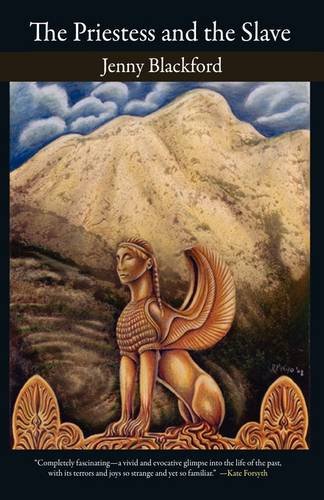The Priestess and the Slave
The stories of Thrasulla, one of Delphi’s sibyls in 491 BC, and of Harmonia, a slave in a household in Athens in 430 BC, are spliced together chapter after chapter. Thrasulla deals with the case in which the Spartan ambassador bribed the seeress to secure an oracle to his liking and inflict Harmonia with the plague during the Peloponnesian War that eventually would kill Perikles. The stories have nothing to do with each other and, because of the point-of-view characters chosen, very little plot. Thrasulla merely watches as her sister oracle takes the bribe and then as priests come to mete out the punishment; the repercussions happen far away and are merely reported. Harmonia is a slave, at the mercy of cruel mistresses and deadly pathogens. Indeed, I got the feeling this character was chosen to give the author a chance to extemporize on Athenian death customs. And in the case of Thrasulla, there is little sense of what it must have been like to enter the cavern and to be possessed by Apollo for real as opposed to under the influence of Spartan gold.
At a mere 111 pages and in its plotless state, this book might be considered a poem rather than a novel, and as such is not without its moments.










